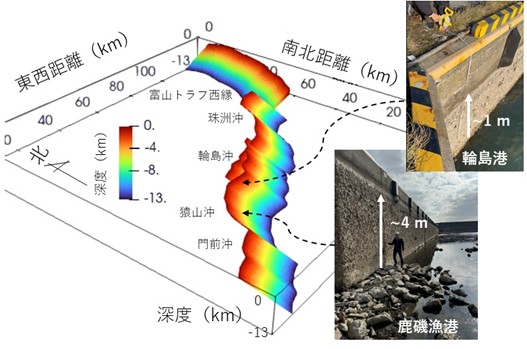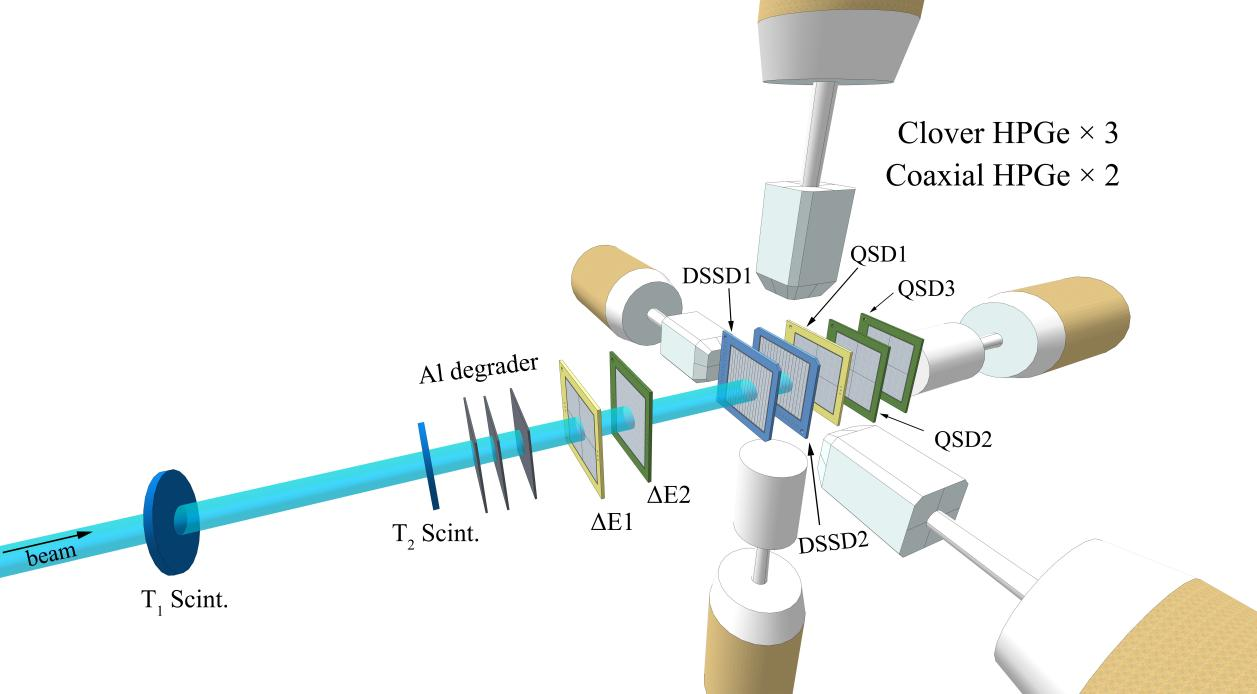2025-04-30 京都大学

頭足類を対象とした生態調査のイメージ図
<関連情報>
- https://www.kyoto-u.ac.jp/ja/research-news/2025-04-30-0
- https://www.kyoto-u.ac.jp/sites/default/files/2025-04/web_2504_Nakano-f1ab3bbc7c8ec1b8da727a92a6c73c39.pdf
- https://www.sciencedirect.com/science/article/abs/pii/S0141113625001515
頭足類(軟体動物)多様性の環境DNAメタバーコーディングのためのユニバーサルPCRプライマーの開発 Development of universal PCR primers for the environmental DNA metabarcoding of cephalopod (Mollusca) diversity
Qianqian Wu, Tomoyuki Nakano, So Ishida, Tomoyuki Komai, Yoshihiro Fujiwara, Takao Yoshida, Masaru Kawato, Shin-ichiro Oka, Katsunori Fujikura, Masaki Miya, Toshifumi Minamoto
Marine Environmental Research Available online: 17 March 2025
DOI:https://doi.org/10.1016/j.marenvres.2025.107094
Highlights
- Universal primers targeting 16S rRNA for cephalopods were developed.
- Primers showed high sensitivity and identified species across various depths.
- The developed primers can detect cephalopod species of different body sizes.
- The technique uncovers cephalopod diversity via water analysis.
Abstract
Cephalopods play crucial roles in marine ecosystems, acting as both predators and prey for apex predators, thereby contributing to the distribution of energy and nutrients across the food web. Traditional net capture methods are often ineffective for studying cephalopods owing to their wide distribution in marine environments, necessitating the development of simple and efficient surveying techniques to assess cephalopod diversity. Therefore, in this study, we aimed to establish universal polymerase chain reaction primers specifically targeting mitochondrial 16S rRNA genes for environmental DNA metabarcoding in cephalopods. Two primer sets, Cep16S_D and Cep16S_O, were designed for squids and octopuses, respectively. Taxonomic specificity, resolution, and coverage of these primers were evaluated via in silico and in vitro analyses. Additionally, efficiency of these primer sets was assessed using tissue samples and mock communities. Finally, their applicability and performance were tested at various depths. The developed primers exhibited a relatively large amplification size with mixed bases that enhanced their amplification efficiency and sensitivity for cephalopod detection. We successfully identified cephalopod species with different body sizes, from small species, such as Heteroteuthis dagamensis, to large species, such as Architeuthis dux, at varying water depths. Overall, the primer sets established in this study serve as powerful tools to study cephalopod diversity and exhibit great potential for barcoding and genetic diversity investigations.



